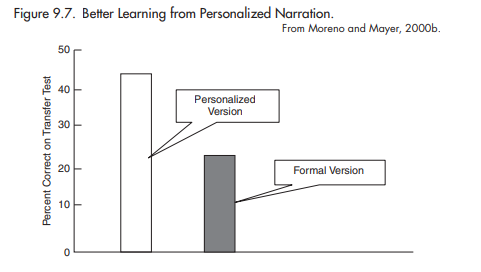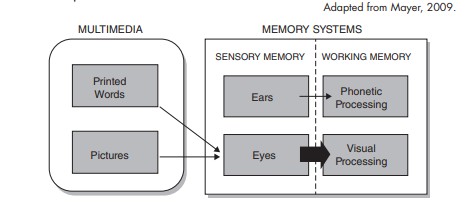The Personalization Principle: Conversational Style for the win!

Conversational Style, For The Win! In the following you are going to be learning about my take on the Personalization Principle by Clark and Mayer. I created a Digital Story Telling Project displaying music theory techniques that I have used over the years to teach film composition to high school seniors in their music theory/Advanced Placement music theory classes. I will also be speaking on the technical challenges on creating a digital story project as well. I started off the video by telling the audience that I used a musical excerpt from a composition that I wrote twelve years ago. All video and audio are owned through my paid licenses with Noteflight, Screencastify, and NCH Videopad. I then spoke about who the video was meant to help. (High School Music Theory Students, College Music Theory Students, and Adults who have a music background as well.) On page 187 of the E-Learning and the Science of Instruction, ...
